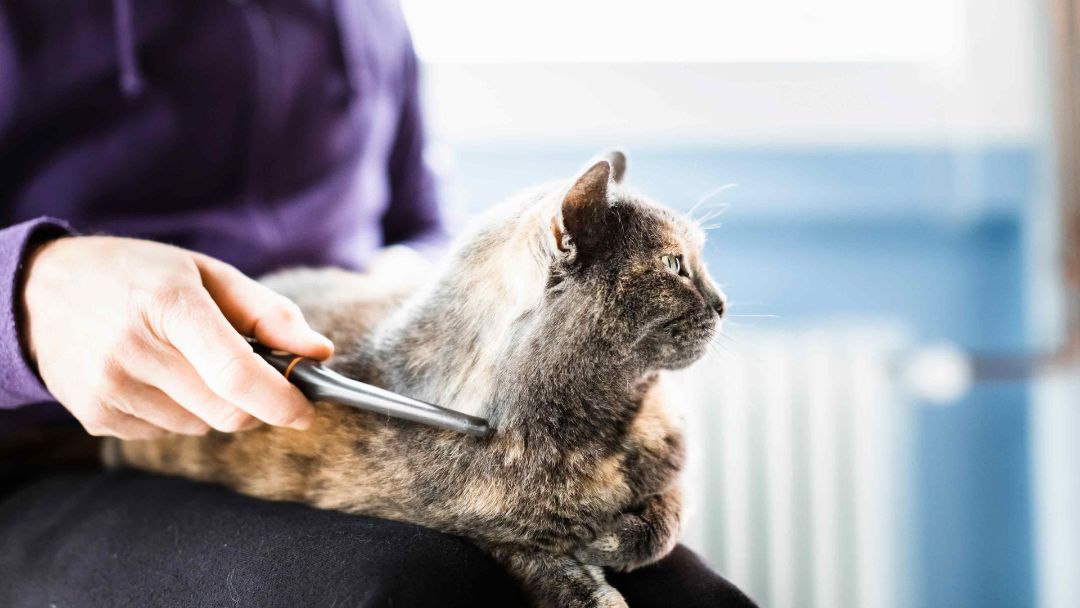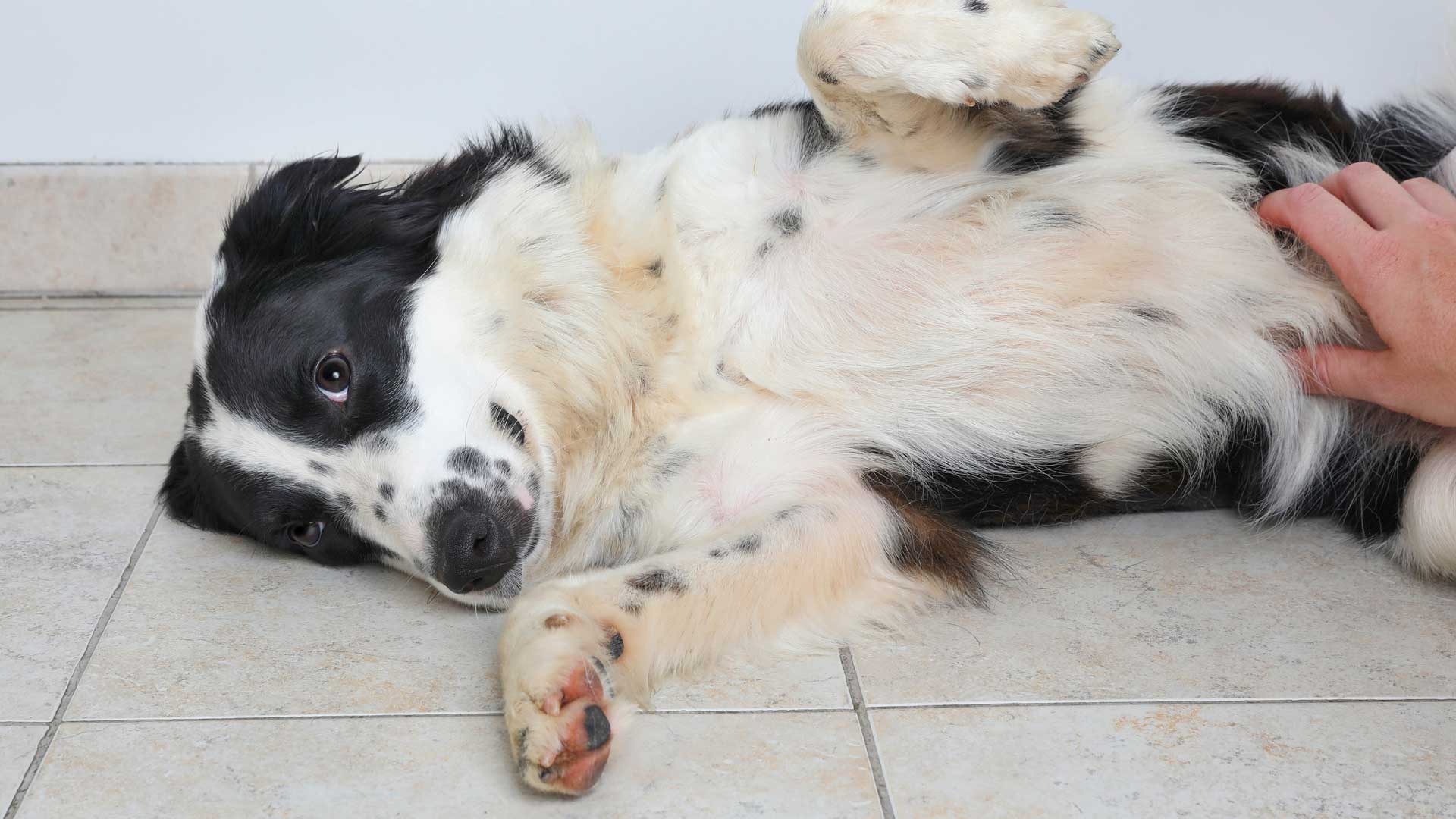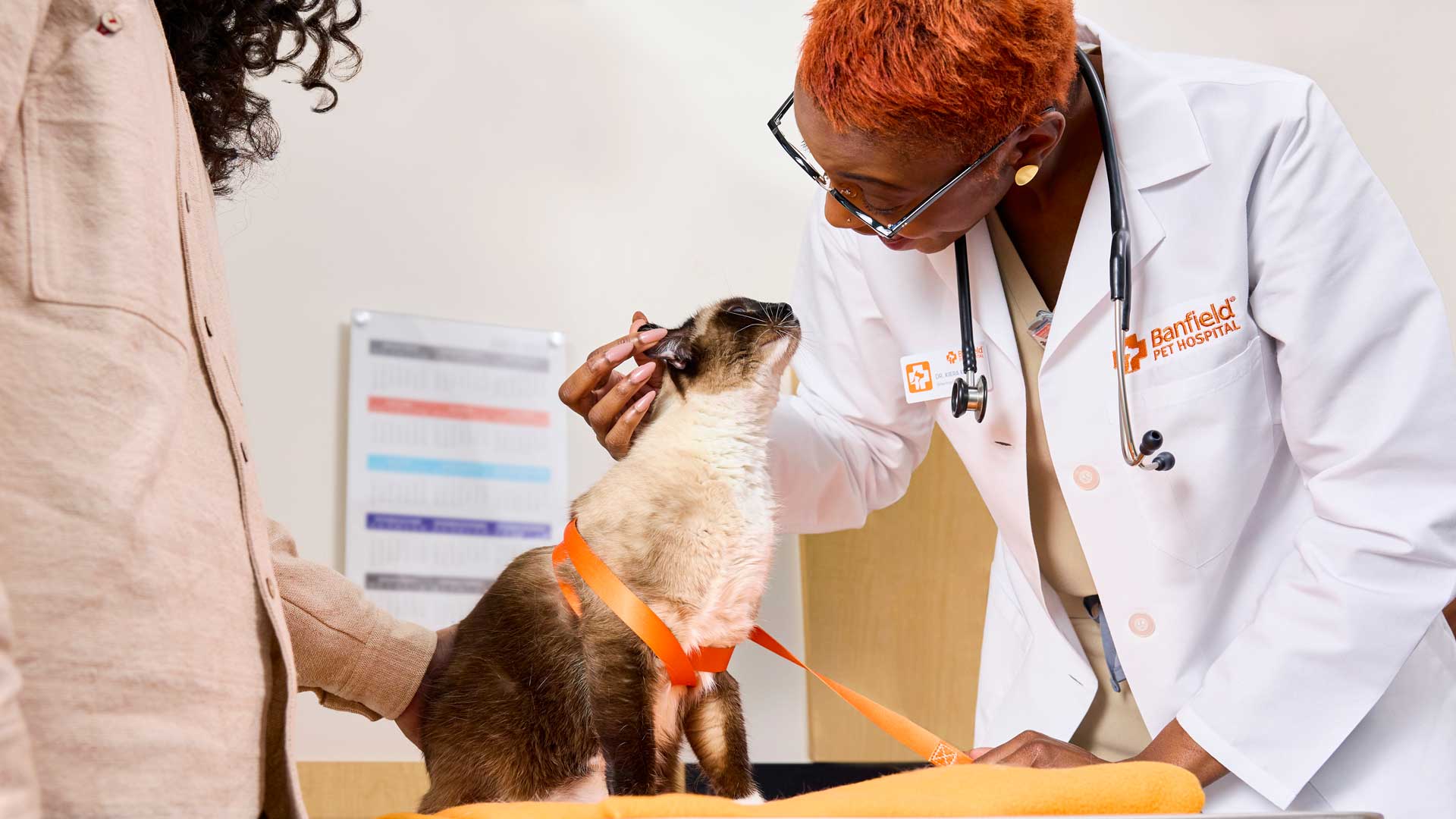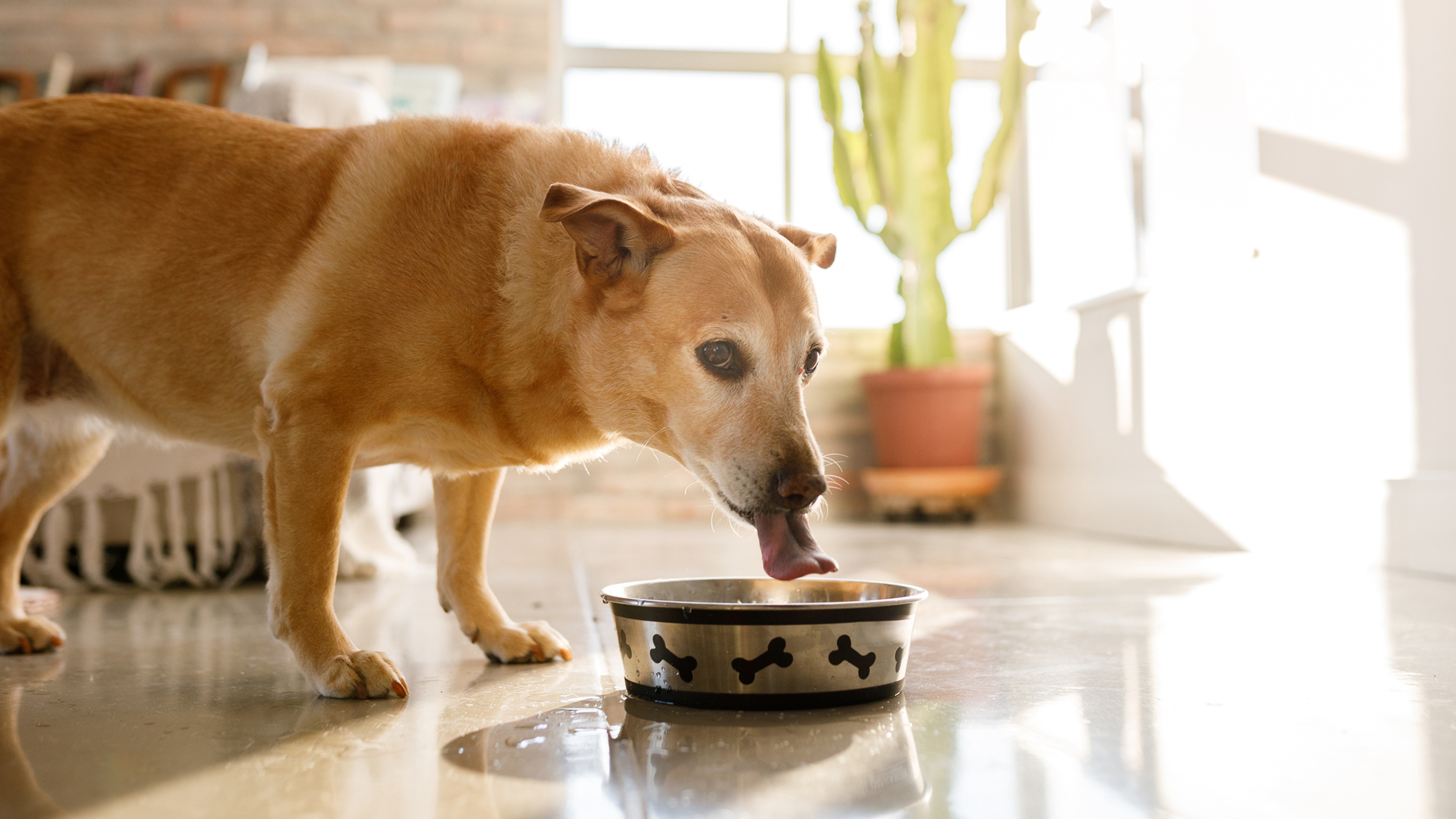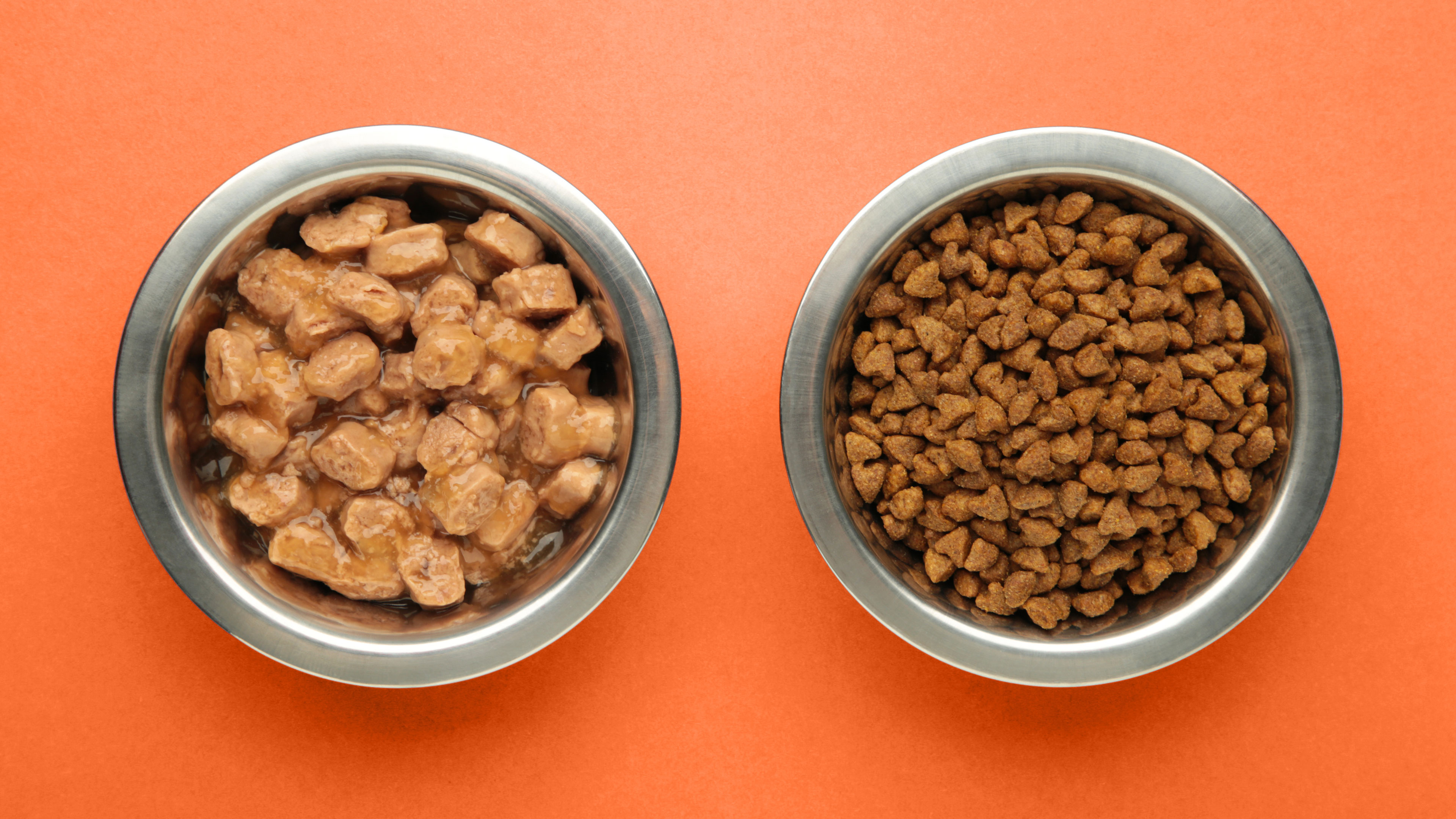No matter the season, staying up on your pet’s skin and coat care regimen is important. But summer is an extra-special time of year when your cutie’s exterior is most top of mind. Not only is it when you might see a lot of extra fur lying around the house (seriously, how does THAT much fur come from such a little thing?), but it’s also the time of year when ticks and fleas are in abundance and love to hitch a ride on your pet.
In this blog post, we’ve got tips on how to check for those gross little blood-sucking insects, how to minimize shedding, and other important do’s and don’ts when it comes to your furry friend’s skin and coat.
How to minimize shedding
If you’ve been noticing A LOT of fur around the house lately, don’t worry. It’s shedding season and completely normal. Twice a year your dog or cat sheds to help prepare them for the hot months of summer and then the cool days of winter. To help cut down on fur all over the house (and couch…and car…and bed…), it’s important to groom your dog or cat, either professionally or at home. Regular grooming includes brushing their coat every couple of days and bathing them every 4–6 weeks. If you need some assistance with getting your little stinker to cooperate at bath time, we have some helpful tips and videos over on our How to Give Your Pet a Bath page.
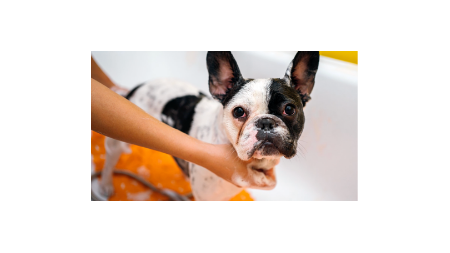
How to spot fleas and ticks
Though fleas and ticks are a nuisance any time of year, they’re most active during the summer months. If you or your pet are spending more time outside, you should be checking your cutie’s skin and coat for ticks or fleas at the end of each day. When it comes to fleas, use a flea comb and comb your pet’s hair from back to front. Pay special attention to their neck, ears, armpits, groin, tail, and hindquarters. Similarly for ticks, you’ll want to check the eye area, in and outside of the ears, under collars, between the front and back legs, on the tail, and between toes. We have some super helpful videos on where to look for these nasty little pests on your pet’s body, but we highly recommend keeping your dog or cat on regular tick or flea prevention medication. Your Banfield veterinarian can help you with this and answer any of your questions.
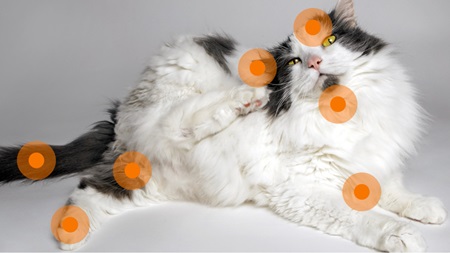

How to check for lumps, bumps, and more
Summer, fall, winter, or spring — all year round is a good time to check your little loaf for skin no-nos. While dry, flaky skin and dandruff aren't abnormal, it could be a sign of an underlying health issue like allergies, nutritional deficiencies, or hormonal imbalances. Red spots and skin irritation can indicate allergies or immune issues. As for lumps and bumps, they could be as innocuous as a wart or as serious as a tumor.
Here's a handy guide on what to look out for. If your pet is experiencing any of these symptoms, it’s important to schedule an appointment with your vet to get to the bottom of the issue.
How to help with skin allergies
If you notice irritated skin, skin redness, scabs, sores, or hair loss, your pet might be experiencing allergies. There’s a slew of different things your pet could be allergic to, including flea bites, environmental allergens, pollen, and dust mites. If you think your little scratcher is experiencing allergies, it’s important to schedule an appointment with your veterinarian. They can help determine if it truly is allergies and diagnose the culprit. They will most likely prescribe medication for your dog or cat that works with their immune system to help control the itch.
Check out our resource on why your pet might be itchy.
What to know about light-colored or hairless pets
If your pet has white or light-colored hair, or is hairless, the summer months carry another challenge you might have heard of — sunburn. Pets with thick dark hair are a bit more protected from sunburn. But if your cat loves to hang outside or by the window, keep an eye out for burning. We often see it around cats’ eyes or noses.
 Mites and mange
Mites and mange Podcast - Not Just Fluff
Podcast - Not Just Fluff
